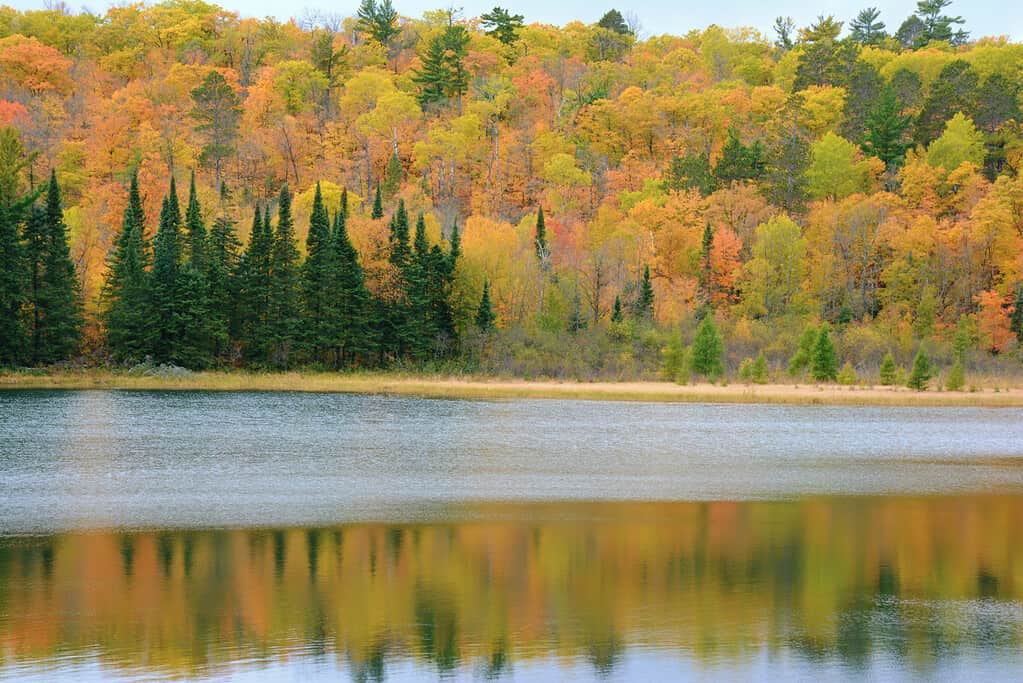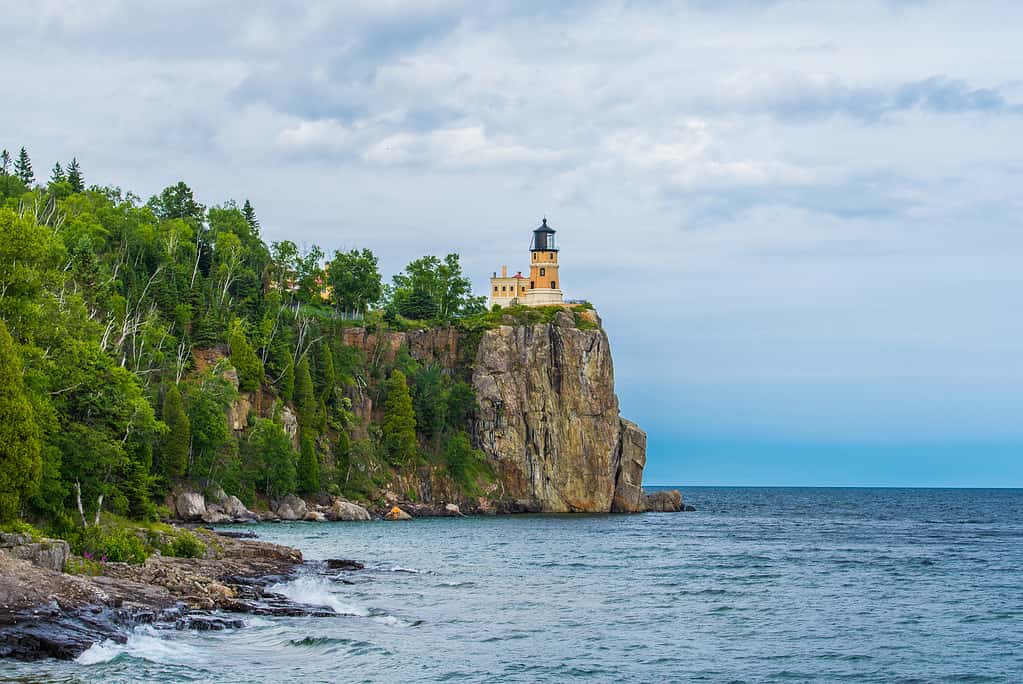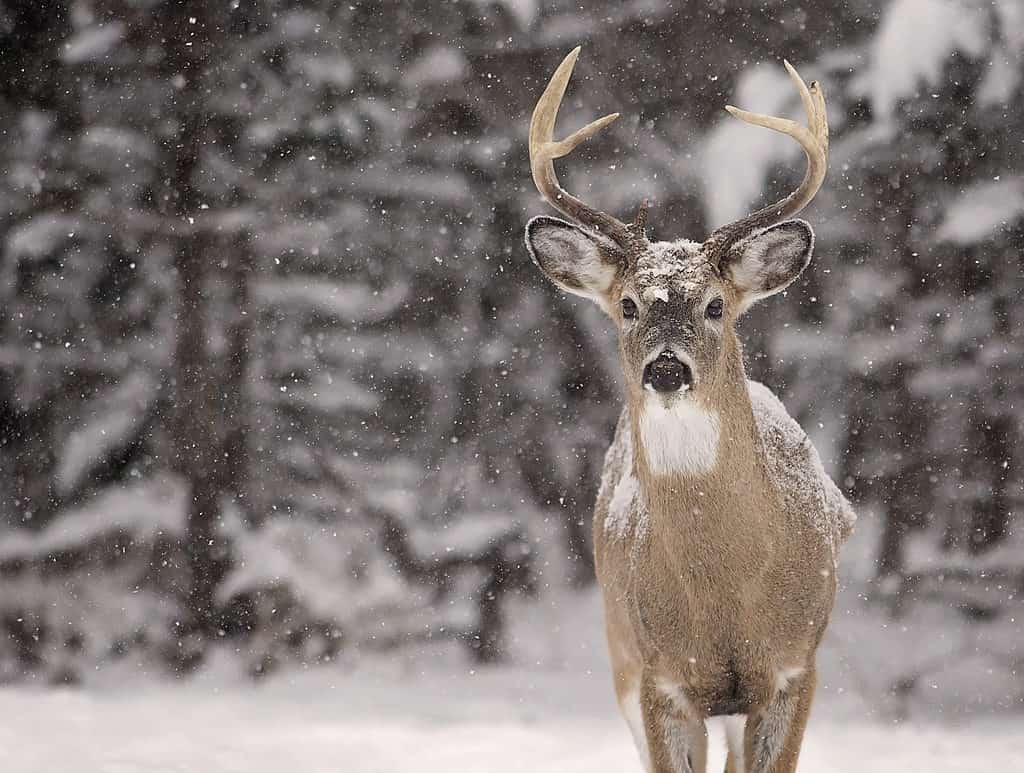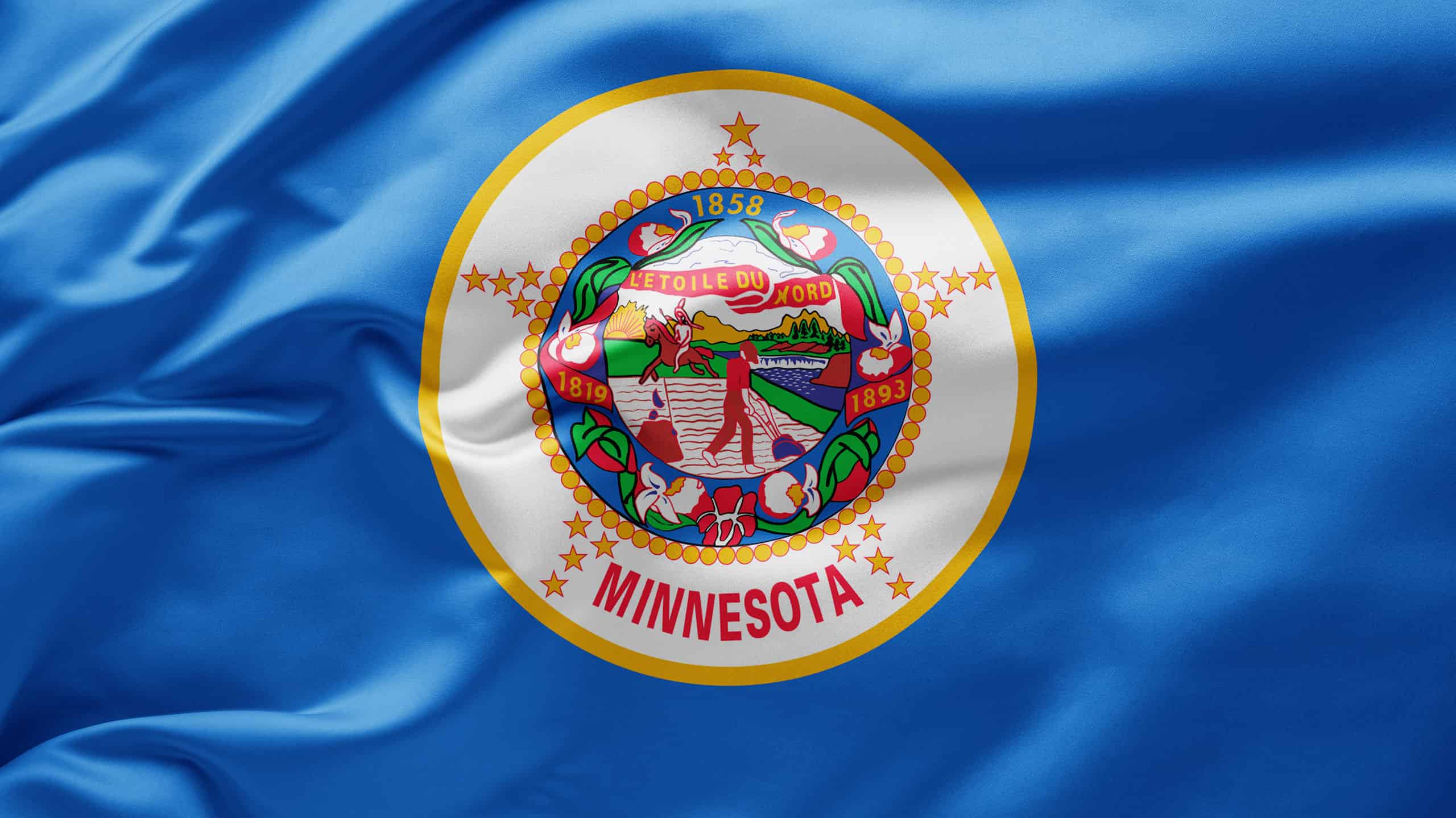How Wide is Minnesota?
While Minnesota doesn’t come close to being the largest state in the country, it does well with the land mass it does. So how wide is Minnesota? Minnesota is 358 miles wide at its widest and 180 miles wide at its narrowest. Minnesota has a land mass of 86,936 square miles. Within the state, there are tens of thousands of lakes, extensive forests, and many different kinds of plants and animals.
Key Points
- Minnesota is the twelfth-largest state in the United States, located in the upper midwestern region of the country on the Canadian/United States border.
- It is nicknamed the land of 10,000 lakes, however, it contains 11,842 lakes in total.
- Many different environments within Minnesota are home to thousands of different kinds of plants and wildlife.
How Did Minnesota Become a Part of the United States?
The region we now know as Minnesota was once inhabited by the Dakota people, a Native American tribe. European settlers began to enter the area as fur traders, arriving sometime during the 17th century. After the American Revolutionary War, the part of the state that is on the eastern side of the Mississippi River became a part of the United States.

Minnesota is full of beautiful forests, full of wildlife.
©Jeff439/iStock via Getty Images
However, the young government did not recognize Minnesota’s statehood for a couple more decades. For a while, it was considered a part of Spanish Louisiana and then was part of the Territory of Missouri from 1812 to 1821. It then went through several changes: it was an unorganized territory, then part of the Territory of Michigan, before becoming an unorganized territory again. Finally, in 1849, the Territory of Minnesota came to be, as a territorial legislature was held. On May 11, 1858, Minnesota was admitted to the Union as the 32nd U.S. state.
Geography of Minnesota
It’s said that if you start your day driving south from the northernmost point in Minnesota, you’ll start off in the snow. By the time you get to the middle of the state, you’ll see all the lakes and rivers that make it the land of 10,000 lakes. Eventually, when you reach the southern part of the state, you’ll see all the trees full of leaves.
Behind Alaska, Minnesota is the second northernmost state in the country. It is the twelfth-largest state, with a land mass of 86,936 square miles.
Minnesota is also known as the land of 10,000 lakes. In actuality, the state has 11,842 lakes. The surface area of all the lakes in Minnesota is 2,912,542 acres or 4,600 square miles. This is slightly larger than the Big Island of Hawai’i. At Lake Itasca, the Mississippi River starts its long journey south.

Lake Superior is the largest lake in Minnesota.
©AMB-MD/ via Getty Images
In addition to having an incredible amount of lakes, Minnesota is known for its dense forests. Initially what attracted settlers to Minnesota was the ample opportunity for logging and deforestation. Due to this logging, there is not much left of the old-growth forest that can be found in forests like Chippewa National Forest and Superior National Forest. This also affects the state’s wildlife. However, even though logging still occurs, there is also a drive for regrowth and replanting happening within the state, in an effort to keep at least a third of the state covered with forests.
Wildlife of Minnesota
Minnesota is home to thousands of different birds, mammals, reptiles, and other wildlife. The state has the ability to be home to a variety of animals because of its rich biodiversity and variations in climate.
The land of 10,000 lakes is home to many different kinds of mammals. Throughout the many forests in Minnesota, you’ll be able to find moose, elk, and white-tailed deer. In addition, you can also find many predators roaming the thick forests. Black bears, coyotes, and bobcats all prey upon smaller creatures throughout Minnesota.

White-tailed deer love the cold, snowy winters Minnesota offers.
©iStock.com/Lynn_Bystrom
Other kinds of animals reside throughout the state. Flying squirrels, chipmunks, beavers, woodchucks, and muskrats live throughout the state. The varying climate of Minnesota allows for different kinds of creatures to live at specific points. The cold winters call for thick fur and hibernation, so you won’t see as many bears and squirrels around. Foxes and wolves will be active though.
With there being so many different water sources throughout the state of Minnesota, fish are everywhere. Trout and salmon are in abundance, and there’s also the bloater fish. The state allows one to catch and keep a lot of different kinds of fish: catfish, bass, the northern pike, muskellunge, and sunfish are all allowed to be kept.
Minnesota Compared to Other States
Minnesota is 358 miles wide at its widest. Comparable states are Washington at 360 miles, New Mexico at 343 miles, North Dakota at 340 miles, Iowa at 310 miles, and Arkansas at 270 miles. All of these states have much different environments, wildlife, climates, and biodiversity, compared to Minnesota.
Final Thoughts
From its cold, snowy winters, to its hot summers, there’s so much you can see in the land of 10,000 lakes. It has beautiful forests, gigantic lakes, and a rich biodiversity, full of different plants and animals. Minnesota has a long, rich history, and is a beautiful place to visit. That’s before you even think about all the good food it offers!
Thank you for reading! Have some feedback for us? Contact the AZ Animals editorial team.








